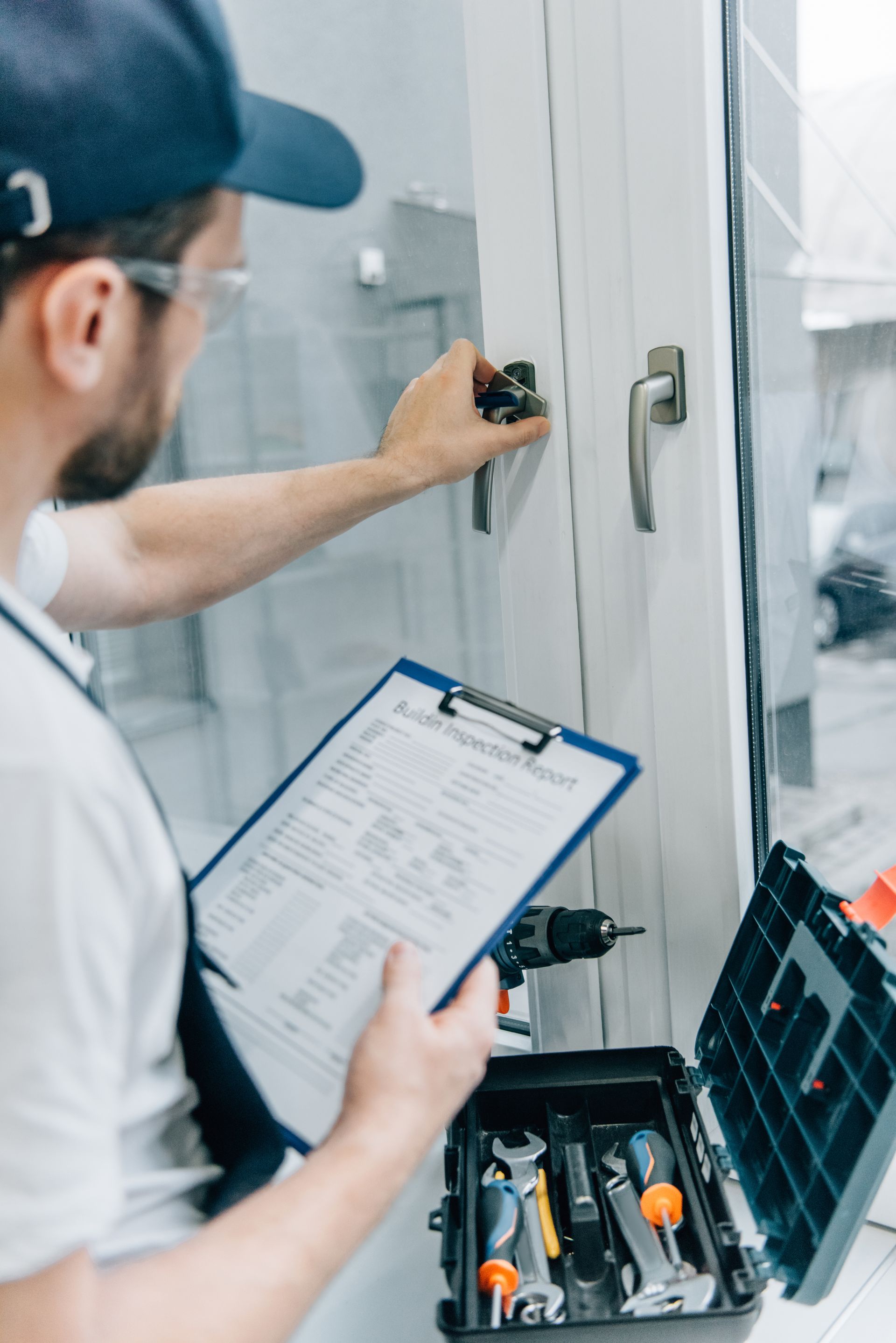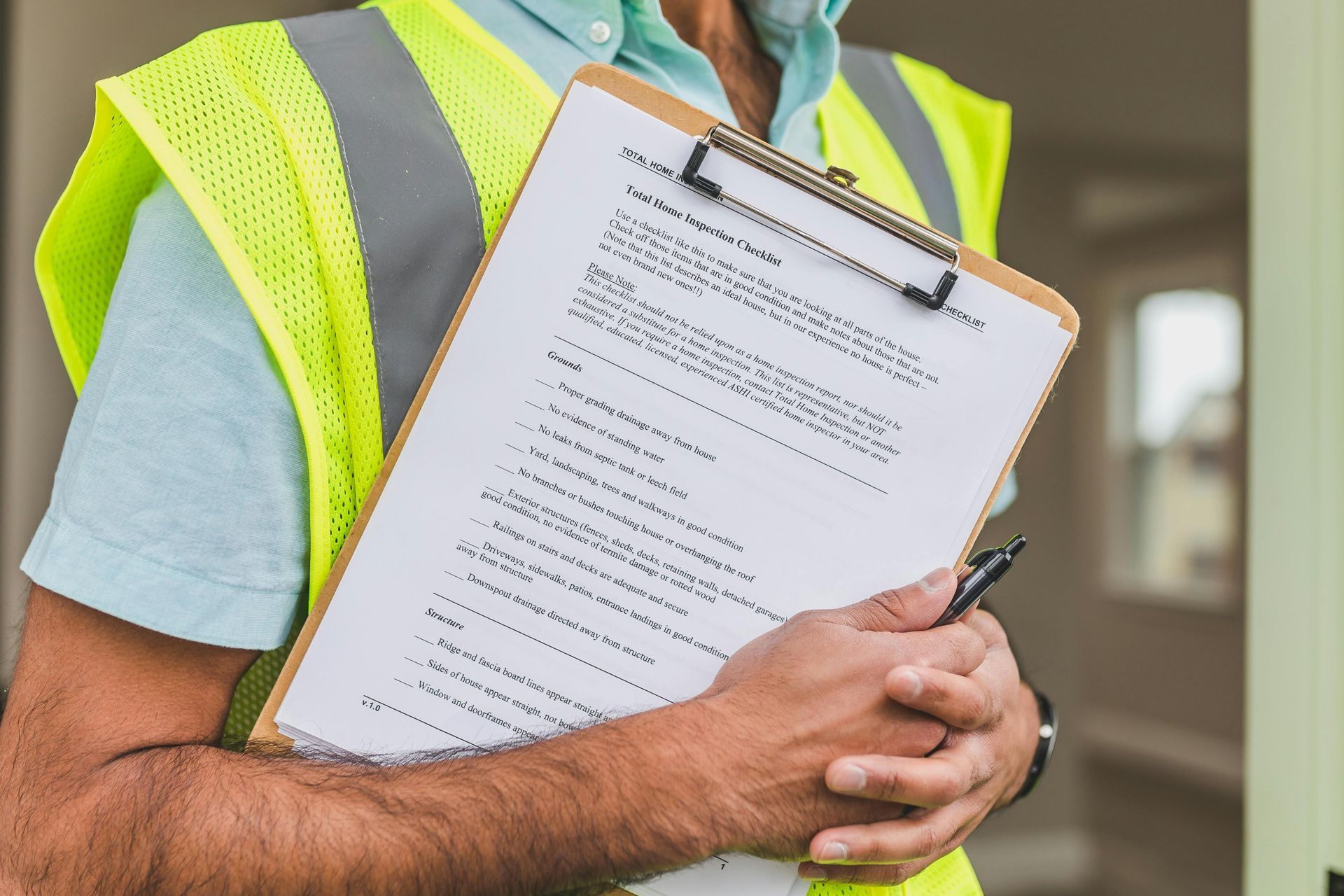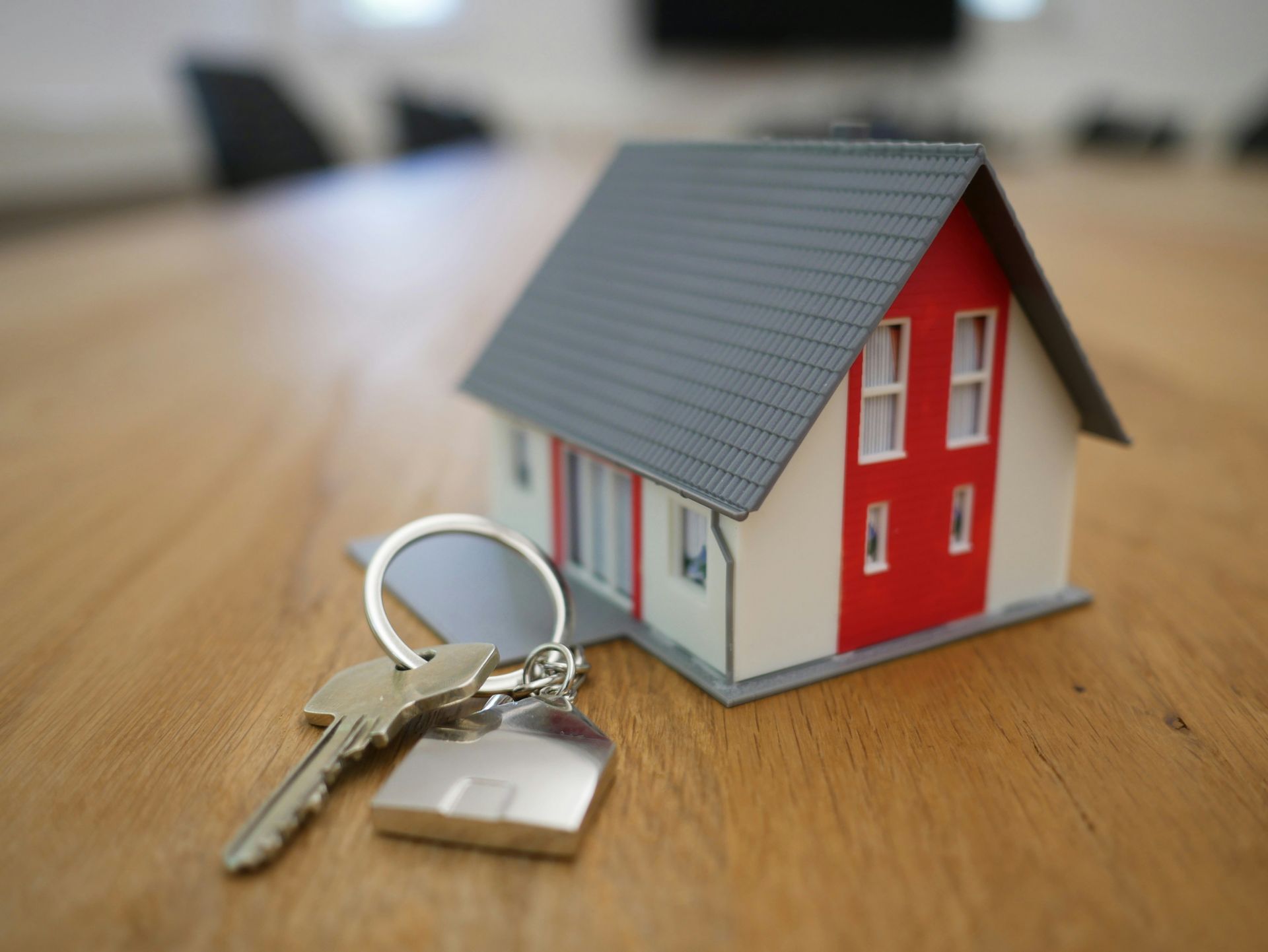10 Signs Your Home Might Need a Mold Inspection
Mold isn’t just a minor nuisance. It affects your home’s value, impacts your health, and thrives in places you may never check. You might catch a whiff of something odd, see a strange spot on the wall, or feel unwell without knowing why. That’s where True Blue Inspections come in. With years of experience and a deep understanding of hidden home hazards, the team knows how to find the mold you can’t see. Their special services go beyond surface-level checks, using advanced tools to locate moisture and mold in hard-to-reach places. Below are 10 clear indicators your home may need a mold inspection, with tips to help you act before the problem grows.
Key Takeaways
- Mold can hide in your home, causing health issues and costly damage if ignored.
- Musty smells, visible mold, and health symptoms like allergies are red flags.
- Water damage, leaks, or high humidity create perfect conditions for mold growth.
- A professional mold inspection catches problems early, saving you time and money.
- True Blue Inspections offers thorough, reliable mold inspections to keep your home safe.
1. Musty Smell
A musty, damp smell isn’t just part of a home’s age—it’s one of the most common early signs of hidden mold. This odor usually comes from mold growing behind walls, under flooring, or inside ventilation. Lighting a candle won’t solve it. If you notice a smell that doesn’t go away, it may be time to investigate further with an indoor air quality test while checking out the signs pointing to it.
Tip: A dehumidifier can help control the smell short-term, but you need an inspection to find the source.
2. Visible Mold Growth
Patches of black, green, or even white fuzz on walls, ceilings, tiles, or furniture are a clear sign of mold. These spots may look harmless at first, but what you see is only part of the problem. Mold can grow into surfaces and spread quickly. Scrubbing away surface mold may offer a temporary fix, but it won’t stop deeper growth without identifying the cause.
Fun Fact: Mold comes in more colors than a crayon box, but none of them are welcome guests!
3. Water Damage or Stains
Watermarks, brown or yellow stains, or warped areas on walls and ceilings often mean past or present water damage.
Moisture left behind
from leaks or flooding creates the perfect environment for mold to thrive. These stains don’t always fade, and even when dry to the touch, the materials underneath can still be damp.
Tip: Always check for water spots after leaks, even if you believe the area has dried out.
4. Leaky Pipes or Roof
Even small leaks from plumbing or roofing can lead to mold growth. Dripping pipes, poorly sealed joints, or slow roof leaks introduce moisture that sinks into drywall, insulation, and wood. Over time, that moisture turns into a hidden mold problem. Fixing the leak doesn’t guarantee the mold won’t return unless the affected area is properly dried and inspected. Learn more about common issues that fail a home inspection that often go overlooked.
5. High Indoor Humidity or Condensation
Indoor humidity above 60% makes conditions ideal for mold. Signs like foggy windows, sweating pipes, or damp surfaces suggest the air holds too much moisture. Humid environments encourage mold spores to grow, even if you can’t see it happening. Certain rooms like bathrooms, basements, and laundry areas are especially vulnerable.
Tip: Monitor humidity levels with a hygrometer and improve ventilation where needed.
6. Peeling or Bubbling Paint/Wallpaper
Walls that bubble, peel, or crack may have trapped moisture underneath. That hidden moisture feeds mold, even if you can’t see it right away. Many people repaint or replace wallpaper without checking for the root cause. These cosmetic fixes don’t address the underlying moisture that mold needs to survive. This type of hidden issue is often discussed in home inspection basics and shouldn’t be ignored.
7. Health Symptoms: Allergies, Asthma, or Fatigue
Unexplained sneezing, itchy eyes, persistent coughing, or asthma flare-ups indoors could point to mold exposure. Fatigue, headaches, and skin irritation may also appear in more sensitive individuals. If symptoms improve outside the home, mold may be the trigger. Children, older adults, and people with respiratory conditions are especially at risk. An indoor air quality test can reveal what you’re breathing in.
8. Damp or Wet Areas in the Home
Certain parts of the home—like crawlspaces, basements, or underneath sinks—are naturally more prone to dampness. These areas may stay wet long after rain or spills, especially if they don’t have good airflow. Over time, constant moisture builds a perfect home for mold. If an area in your home never seems to dry completely, it deserves a closer look. This is also something to be cautious of during a home inspection for buyers, especially in older homes.
9. Unexplained Foul Smells or Tenant Complaints
Sometimes visitors or pets notice things before homeowners do. Strange smells or discomfort in specific rooms can signal mold that’s hidden behind walls or under floors. Pets might avoid certain spots, and guests may mention a weird smell that you’ve grown used to. Trust those outside perspectives—they often help catch problems early. If you manage a rental, consider special inspection services to address tenant complaints properly.
10. Persistent Unresolved Moisture Problems
Ongoing dampness in bathrooms, laundry rooms, or corners of the basement can mean the ventilation system isn’t doing its job. If areas of your home stay wet after showers, rain, or even just daily use, those spots likely support mold growth. Moisture that never goes away becomes a long-term risk that needs attention.
Frequently Asked Questions
How do I know if my home needs a mold inspection?
If you notice musty smells, visible mold, water stains, high humidity, or lingering health symptoms indoors, it's worth getting an inspection. Even past leaks can leave behind moisture and hidden mold.
Can I clean the mold by myself?
Small patches under 10 square feet might be manageable with proper cleaning methods. But larger or hidden areas require professional help. Cleaning without treating the source won’t stop it from coming back.
What are the health effects of mold exposure?
Mold exposure can cause allergy-like symptoms, asthma attacks, sinus problems, fatigue, and skin irritation. People with weakened immune systems, children, and older adults tend to react more strongly.
Is mold always visible?
No. Mold can grow inside walls, behind furniture, or under floors. Sometimes, the only sign is a smell or recurring health issues. Inspections often uncover mold that isn’t visible at all.
How can I prevent mold in the future?
Keep humidity between 30–50%, fix leaks quickly, use ventilation fans in bathrooms and kitchens, and dry wet areas within 24–48 hours. Regular checks in problem areas help catch issues before they grow.
Final Thoughts
Mold can hide in plain sight, or behind your walls and its effects often go unnoticed until it’s too late. Staying proactive helps protect both your health and your home’s condition. If any of these signs sound familiar, don’t wait.
Contact True Blue Home Inspections today to schedule a mold inspection or get advice tailored to your situation.




